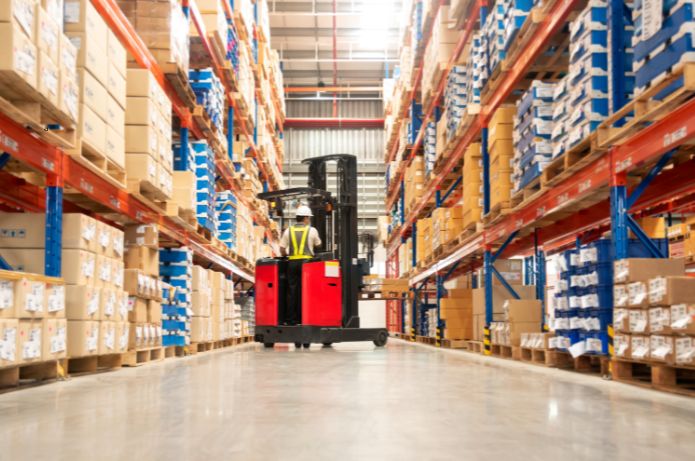Modern logistics is undergoing a significant transformation, driven by the adoption of advanced technologies. One of the most promising innovations in this field is image recognition technology in warehouses. This tool is revolutionizing the way products are managed, tracked, and moved within distribution centers, bringing unprecedented efficiency and accuracy.
Image recognition, an application of artificial intelligence and machine learning, uses cameras and sophisticated algorithms to identify and categorize objects in real time. In warehouses, this technology is being applied in several innovative ways:
1. Product Identification and Tracking:
Cameras installed at strategic points throughout the warehouse can automatically identify products based on their visual characteristics. This eliminates the need for manual barcode scanning, significantly speeding up the inventory process and reducing human error.
2. Quality Control:
Image recognition systems can detect defects or damage in products upon receipt or before shipping. This helps maintain high quality standards and reduces the risk of sending defective items to customers.
3. Space Optimization:
By analyzing warehouse images, the system can identify underutilized or congested areas, allowing for better space organization and layout optimization.
4. Security and Loss Prevention:
Cameras equipped with image recognition can monitor suspicious activity, detect anomalous behavior, and help prevent theft.
5. Process Automation:
When integrated into robotic systems, image recognition technology can guide robots and autonomous vehicles in selecting and moving products.
6. Real-Time Data Analysis:
Data collected by cameras can be analyzed in real time, providing valuable insights into workflow, operational bottlenecks, and opportunities for improvement.
The implementation of this technology brings significant benefits:
– Increased Efficiency: Processes that were previously manual and time-consuming can now be performed in a fraction of the time.
– Error Reduction: Accurate image recognition minimizes human error in tasks such as inventory counting and order picking.
– Better Use of Resources: With more accurate information, managers can allocate resources more efficiently.
– Greater Visibility: Technology provides real-time visibility into warehouse operations, enabling faster, more informed decisions.
However, the adoption of this technology also presents challenges:
– Initial Cost: Implementing image recognition systems can require significant investments in hardware and software.
– Data Privacy and Security: It is crucial to ensure that the data collected is stored and used securely and ethically.
– Staff Training: Employees will need to be trained to work with the new systems and interpret the data generated.
Looking ahead, image recognition technology in warehouses is expected to continue evolving. Deeper integrations with other emerging technologies, such as the Internet of Things (IoT) and augmented reality, promise to create even smarter and more efficient logistics ecosystems.
In conclusion, image recognition technology is proving to be a powerful tool in warehouse modernization. By automating processes, improving accuracy, and providing valuable insights, this innovation is helping companies address the growing challenges of modern logistics. As the technology continues to mature and become more accessible, we can expect to see its widespread adoption, fundamentally transforming the way warehouses operate in the near future.


